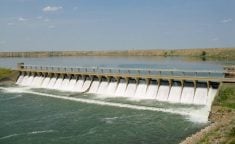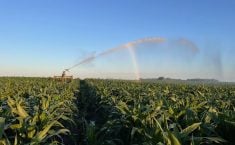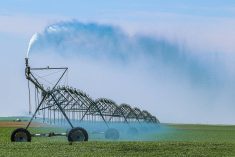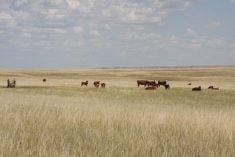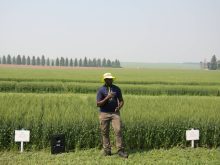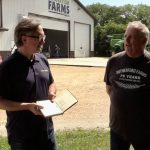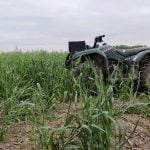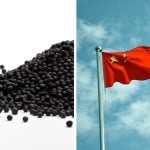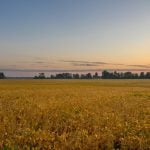Subsurface drip irrigation is gaining popularity in Alberta, and is now in use on 1,090 hectares.
But while it’s more water efficient compared to surface irrigation, there are few scientific studies on subsurface fertigation (SDF) specific to Alberta crops and soil conditions.
“Most of the data we have is from the U.S. on crops like alfalfa, cotton and soybeans,” said Rezvan Karimi Dehkordi, who led a two-year study on this topic. “We don’t have enough information for Alberta farmers specifically on the best timing and rate of application. Without independent local data, it is not possible to provide realistic scenarios to agricultural producers about the value of SDF.”
Read Also
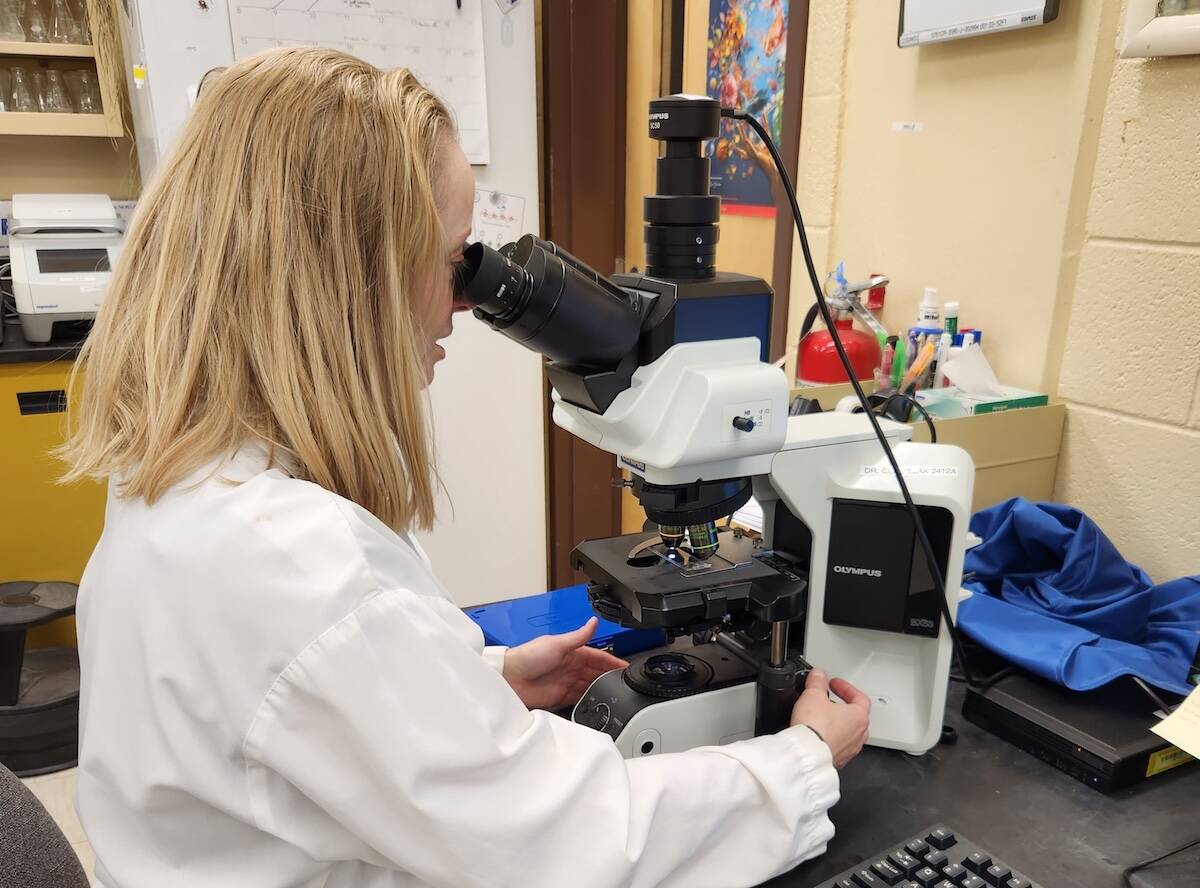
What is going on deep below the surface?
Researchers are diving deep into the soil – more than 60 cm. below the surface – to find out how microbial communities shape how carbon and nitrogen cycle through our soils.
Karimi worked with First Fruit Farms near Lomond, to test different fertilizer applications on durum wheat in 2019 and pinto beans 2020; she then compared the results with a control crop that did not receive any fertilizer. The 2019 study found durum wheat crops treated with subsurface fertilizers had higher levels of nitrogen and phosphorus uptakes as well as higher yields.
However, the 2020 study of pinto beans found no significant difference between the study and control crops, which is partly due to the wet conditions that year, said Karimi, a research associate on the Mueller Applied Research in Irrigation Science team.
For First Fruit Farms owner Matthew Wiens, the research partnership was an opportunity to validate some of his own observations from using subsurface fertigation, which applies water and fertilizer directly to the root zones.
“Dr. Karimi and her team provided a lot of the data collection, the sampling and counting,” Wiens said. “Instead of just getting a yield result at the end, we could watch how the fertigation was affecting the plants throughout the season so in the end we’re starting to better pinpoint the timing of the fertigation and when it is the most helpful within that plant’s growth cycle.”
The study is a first step in determining whether the agronomic and economic benefits of subsurface irrigation and fertigation are enough to justify the higher cost of these systems, said Karimi.
“It would be great to be able to better quantify exactly how much water we can save, how much we can increase the yield for different crops like winter wheat or canola and the best time to apply fertilizer,” she said. “Longer-term experiments across multiple crops would also help with adoption of SDI (subsurface drip irrigation) technology in southern Alberta.”



